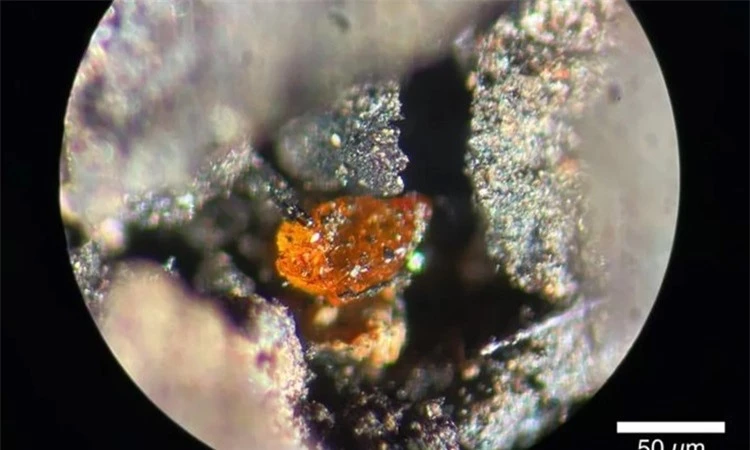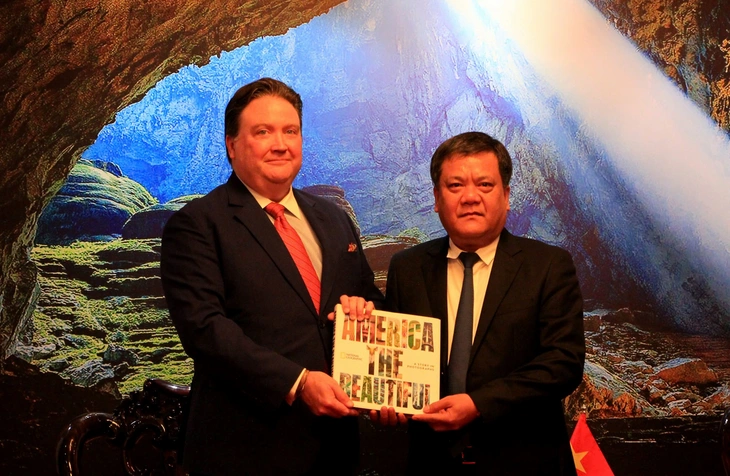For the first time, scientists have found pieces of amber off the coast of Antarctica.
Researchers have collected amber specimens from every continent, and they have been able to learn more about the forests of Antarctica that dinosaurs once inhabited. Carbon dioxide levels in the atmosphere were high during the Cretaceous, making the world warmer. In addition, the lack of the Antarctic Circumpolar Current meant a wider range of climates in Antarctica, allowing vast forests to grow there, home to both dinosaurs and mammals.
However, scientists do not know much about the nature of these forests and the animals that lived in them because the fossil beds are difficult to access. One method is to drill the seabed off the coast of Antarctica, and a team led by Dr Johann Klages of the Alfred Wegener Institute drilled off Pine Island in the Amundsen Sea. Inside a 5cm layer of lignite (wet coal), the team found pieces of hardened tree resin called amber. Based on the age and composition of the lignite, the amber is estimated to be 83-92 million years old and came from a swamp forest composed mainly of pine trees.

Many trees secrete resin when their bark is destroyed. Some resins, especially pines, fossilize under the right conditions, preserving insects, feathers, and dinosaur tails. Amber fossils from the same period have been found in southern Australia, which was then still attached to Antarctica. Located at approximately 74 degrees south latitude and 107 degrees west longitude, the new find is the southernmost specimen of amber ever discovered.
“Analyzing the amber will allow us to directly understand the environmental conditions that prevailed in West Antarctica 90 million years ago,” Klages said. “Our goal now is to learn more about the forest ecosystem.”
The team crushed the lignite for analysis, and the remaining pieces of amber were very small, measuring just 0.5 to 1 mm across, so the chances of finding any life forms preserved inside were slim. However, the experts found many tiny pieces of bark inside the amber. According to Klages' team, the resin probably flowed during a forest fire, and was trapped when water covered the area, protecting it from ultraviolet rays. The fact that the amber survived and remained transparent suggests that it was never buried at great depths and heated until it partially melted.
According to Intellectual Property
Source: https://doanhnghiepvn.vn/cong-nghe/phat-hien-khoi-ho-phach-tu-mot-bon-tram-tich-ngoai-khoi-nam-cuc/20241115120732838


![[Photo] Close-up of Vietnam's sniffer dog team searching for earthquake victims in Myanmar](https://vstatic.vietnam.vn/vietnam/resource/IMAGE/2025/4/1/d4949a0510ba40af93a15359b5450df2)


![[Photo] President Luong Cuong and King Philippe of Belgium visit Thang Long Imperial Citadel](https://vstatic.vietnam.vn/vietnam/resource/IMAGE/2025/4/1/cb080a6652f84a1291edc3d2ee50f631)
![[Photo] Prime Minister Pham Minh Chinh meets with King Philippe of Belgium](https://vstatic.vietnam.vn/vietnam/resource/IMAGE/2025/4/1/be2f9ad3b17843b9b8f8dee6f2d227e7)
![[Photo] General Secretary To Lam receives King Philippe of Belgium](https://vstatic.vietnam.vn/vietnam/resource/IMAGE/2025/4/1/e5963137a0c9428dabb93bdb34b86d7c)



























































































Comment (0)